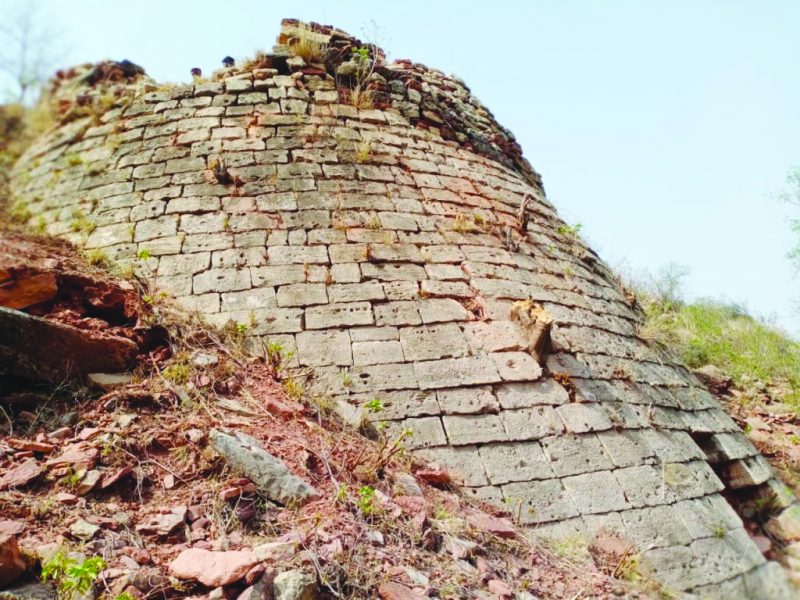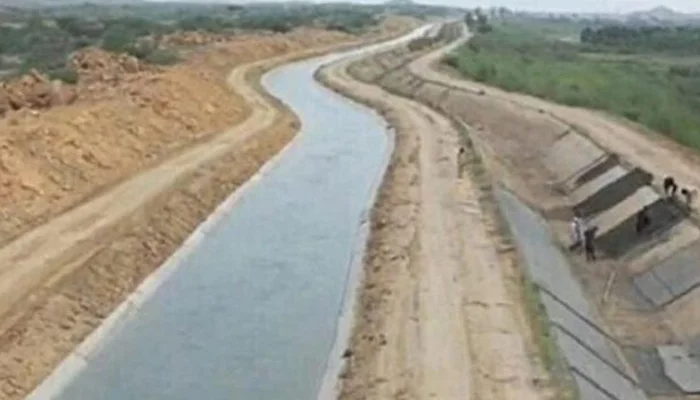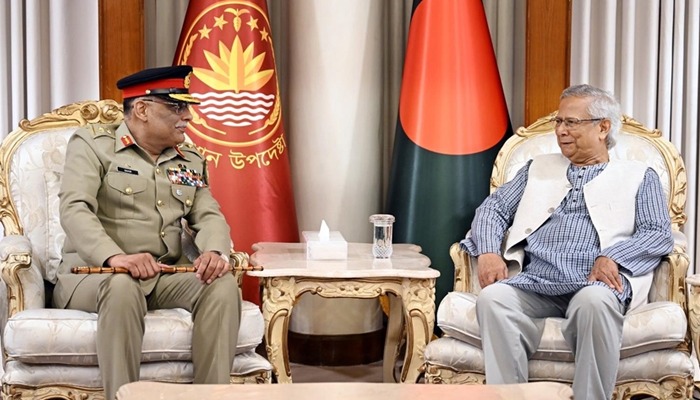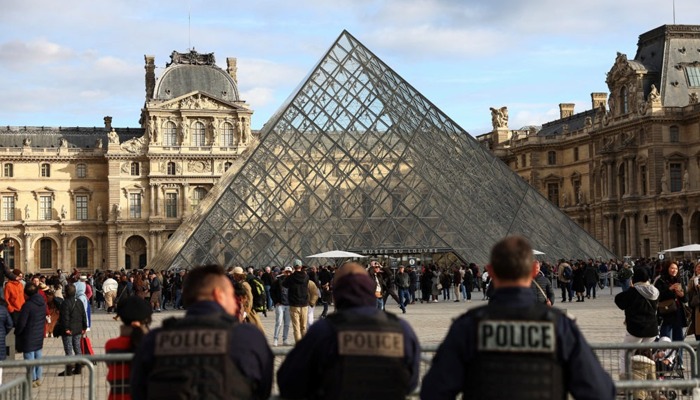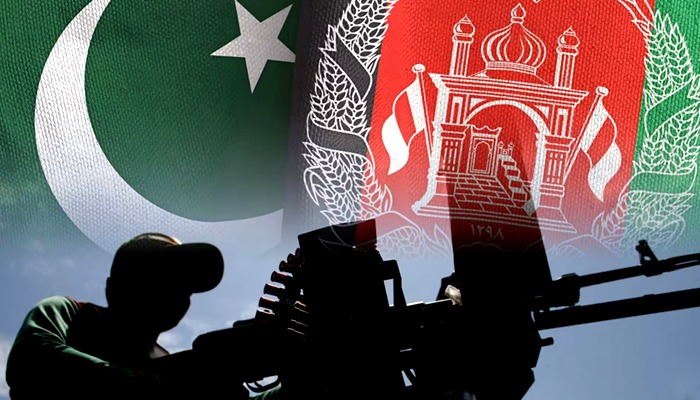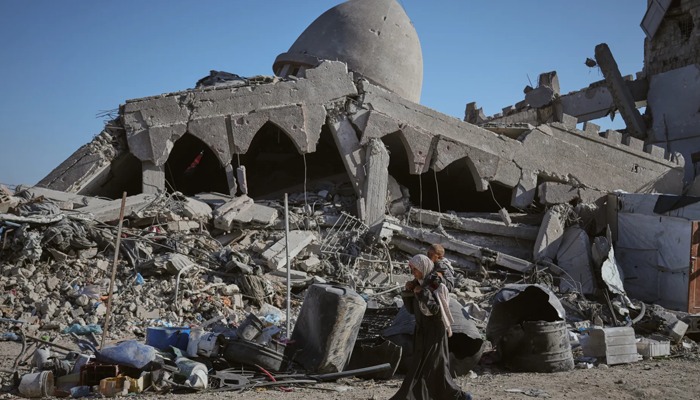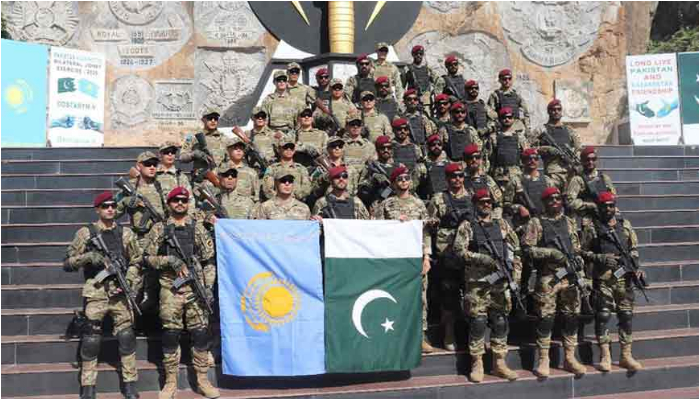Al-Bairuni was one of the greatest scientists of all time. The Muslim science icon had once calculated the radius of the earth around a millennium back when he was at the heritage goldmine of Nandna Fort, which is located in Pakistan’s Salt Range.
Interestingly, the calculations he came up with using medieval-age techniques had little difference with the modern-day figures. It goes without saying that the complicated calculations were only one of many of the numerous scientific achievements attributed to Al-Bairuni whose Latin name is Alberonius.
The Nandna Fort is located in Pind Dadan Khan area of District Jhelum which is located some 6km south of the Khewra Salt Mines, about 24km east from the M2 Motorway and some 85km from Jhelum.
Sensing its importance, Prime Minister Imran Khan had taken an aerial view of the monument in the last week of Feb 2021 and had directed for its immediate conservation, said archaeologist Mohammad Hassan who is serving as the deputy director archaeology Punjab (South) and is leading a team of the archaeology department that is supported by the students and teachers of Quaid-i-Azam University, Islamabad.
The project is headed by the chairman Department of Archaeology Prof Dr M. Hamid, to excavate and conserve the Nandna Fort.
A veritable polymath
Abu Al-Rayhan Mohammad Ibn Ahmad Al-Bairuni (973-1048), lived in Central Asia. He was born in Kath, Khwarezm, also known as Chorasmia which is a large oasis region in western Central Asia that is bordered by the Aral Sea and deserts.
Al-Bairuni travelled to Persia and Uzbekistan but moved to Ghazni after Mahmud of Ghazni conquered the emirate of Bukhara. Ghazni, which is part of modern Afghanistan, was then the capital of the Ghaznavid dynasty. He was an astronomer, a mathematician, and a philosopher, studying physics and natural science too. He was the first person to obtain a simple formula for measuring the earth’s radius. He also thought that it was possible for the earth to revolve around the sun and developed the idea that the geological eras succeed one another.
Fort’s significance
At the Nandna Fort, using trigonometric calculations and his self-constructed instrument, Al-Bairuni first measured the height of a hill, north of the fort, by measuring angles subtended by the hill at two points. Then he climbed the hill to measure the angle of the dip of the horizon.
“Using an Arabic mile equal to 1.225947 English miles, Al-Bairuni’s value of radius was equal to 3928.77 English miles, which compares favourably, being different of 2%, with the mean radius of curvature of the reference ellipsoid at the latitude of the measurement; this means radius is of 3847.80 miles,” said the research paper of scholar Amelia Sparavigna.
The Nandna Fort where Al-Bairuni carried out his scientific work stands atop a steep hill at the Salt Range of Punjab’s Potohar region, as a tourism and heritage goldmine, now all set to emerge as an international-level site. The project, to cost around Rs126 million, has been envisioned to serve as a gateway to seven major archaeological sites in the region, archaeologist Mohammad Hassan said.
He told APP that the Rs126m conservation and development project of Nandna Fort is meant to preserve two temples and a mosque, and develop public facilities including the approach path, and the Al-Bairuni Observatory.
The work began at the site from May-June 2021, within a few months of the prime minister’s visit. The initial scientific archaeological investigations have revealed a large number of stone structures comprising houses, courtyards, small cells, water reservoir and remnants of the fortification wall. Furthermore, a number of potsherd, a few copper coins of the Hindu Shahi and the Ghaznavid period, terracotta pottery, stone objects and beads have also been found.
The Nandna Fort is located at a height of around 1,600 feet from the ground with Baghanwala village at its foot. The government plans to develop a pathway that would go up from Baghanwala village to the top like a spiral around the hill and a walk to the fort would be then around 1.5-2km long, an official said.
Mr Hassan said he along with his team members had to walk up to the site daily adding that they have completed the first phase of the archaeological investigations and conservation and have plans to move to the site for second phase in Feb-March 2022.
The overall project is expected to be completed by June 2022 which will pave the way for the opening of the tourism site for public.—APP

